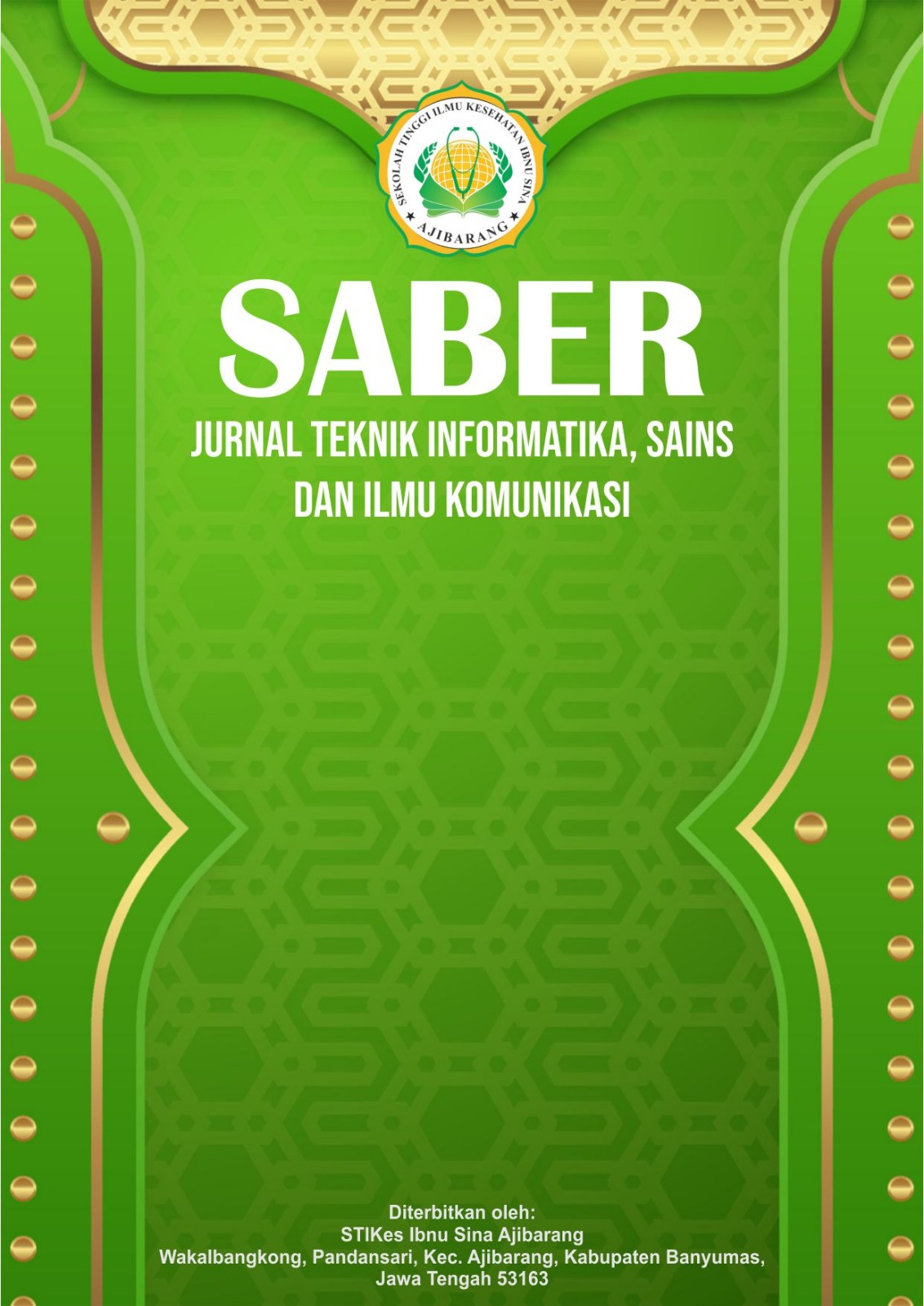Wisata Kreatif dan Historis: Eksplorasi Bandar Grisse dan Taman Makam Bung Karno
DOI:
https://doi.org/10.59841/saber.v3i3.3095Keywords:
urban heritage tourism, Bandar Grisse, Bung Karno Memorial Park, cultural revitalization, creative economy, historical memoryAbstract
This article explores the integration of creative and historical tourism through a comparative examination of two prominent cultural destinations in East Java, Indonesia: Bandar Grisse in Gresik and the Bung Karno Memorial Park in Blitar. Bandar Grisse, a revitalized old-town district, exemplifies a unique urban tourism model that blends colonial architectural heritage with a contemporary pedestrian-friendly layout reminiscent of Malioboro Street in Yogyakarta. Central to its historical significance is the Garling (Gardu Suling), an iconic heritage structure equipped with a siren, strategically located amidst a multicultural urban fabric encompassing Dutch, Arab, Chinese, and indigenous settlements. The institutionalization of the “Bandar Grisse” tourism brand has catalyzed a series of recurring cultural events, including the annual Bandar Grisse Festival and the biweekly Cokro Ekraf Festival, fostering local creative economies. Complementing this urban heritage is the Bung Karno Memorial Park, a monumental site that not only serves as the final resting place of Indonesia’s first president but also as a locus of national remembrance and civic education. Employing a qualitative descriptive approach, this study underscores the symbiotic relationship between heritage preservation and cultural innovation in promoting sustainable tourism rooted in local identity and historical consciousness.
References
Downloads
Published
How to Cite
Issue
Section
License
Copyright (c) 2025 SABER : Jurnal Teknik Informatika, Sains dan Ilmu Komunikasi

This work is licensed under a Creative Commons Attribution-NonCommercial-ShareAlike 4.0 International License.








